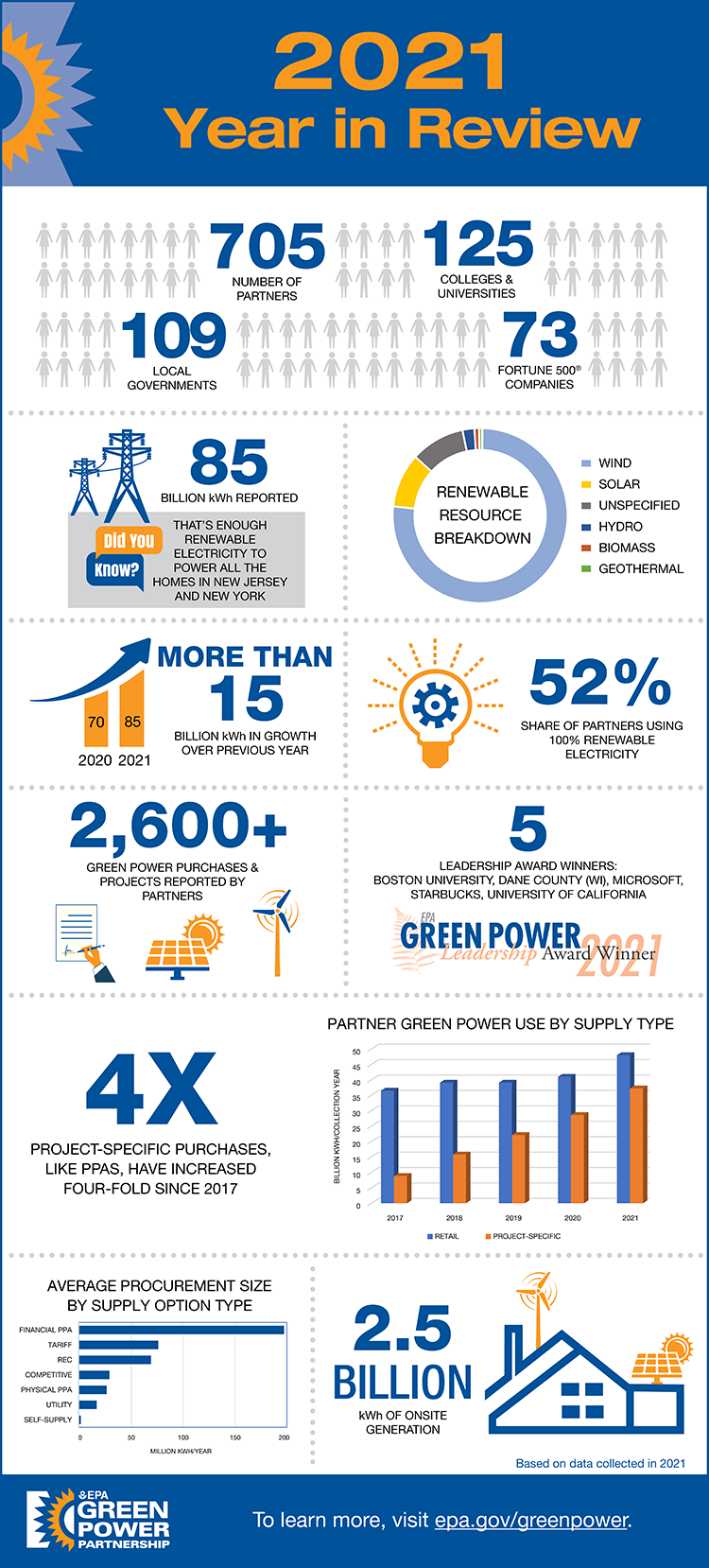iSEE Quarterly update for Winter 2022
Greetings, Colleagues,
I hope the start of 2023 is going well. I’m reaching out today to send you iSEE Quarterly update for Winter 2022 from the Institute for Sustainability, Energy, and Environment.
For more up-to-date news from iSEE, please sign up for our E-newsletter at https://illinois.edu/fb/sec/5031776.
IN RESEARCH
- iSEE received a $1M gift from a class-action lawsuit settlement; it is being used for iSEE-funded $300k low-carbon transportation solutions research.
- A new cover crop project called iCOVER received a $5M grant from USDA and was featured in The News-Gazette.
- From the Agroecosystem Sustainability Center and SMARTFARM project:
- ASC team members co-authored paper led by Stanford on cover crops’ effect on yields; also, papers on soil carbon budgets and increased adoption of cover crops
- ASC was featured in a video for American Geophysical Union meeting, and team members also were part of an Illinois Farm Bureau video.
- From the Illinois Regenerative Agriculture Initiative:
- The Riggs Brewery “Field to Beer” video was immensely popular, receiving more than 11,000 interactions on Twitter.
- IRAI was also featured in Illinois Farmer Today.
- From the Center for Advanced Bioenergy and Bioproducts Innovation:
- CABBI authored a multi-institutional study that explored the first known use of CRISPR/Cas9 editing of miscanthus. Another team published a paper on 3-D phenotyping tools for miscanthus.
- Articles have featured new Sustainability Theme Leader Wendy Yang, new Feedstock Production partner and PI Ernst Cebert of Alabama A&M, and new Conversion PI Heng Ji.
- Six CABBI researchers (including Lisa Ainsworth, Kaiyu Guan, and Don Ort) were named to Clarivate’s highly cited list; and CABBI researchers have earned two EMSL awards for continued studies of sorghum stems.
- From the I-FARM “Farm of the Future” project:
- View a new overview video.
- Check out the FAQ article.
- The project has received FarmWeekNow and WAND-TV coverage — and was featured on the Big Ten Network during Illini basketball games!
- Robotics in the field media coverage in The News-Gazette.
- From the Energy-Enhancing FEWS project:
- Team members are part of new $2.5M USDA grant to convert biowaste to pavement.
- Members of the Illinois Geothermal Coalition have successfully demonstrated efficient use of an abandoned oil well in the Illinois Basin as a geothermal “battery.”
- An iSEE biobased chemicals and inks project was featured for its work on printable electronics.
- Former iSEE Associate Director Gillen D’Arcy Wood recently published a new website on ocean data from 19th century voyage.
IN EDUCATION & OUTREACH
- Registration is open for iSEE Congress 2023 — “Addressing Crises of a Planetary Scale: Lessons from Pandemics and Climate Change.”
- The Fall 2023 Critical Conversation is expected to bring together stakeholders to discuss climate-smart commodities.
- iSEE’s Environmental Leadership Program for Spring 2023 is already more than past the midway point; check out our student blog for some perspective on the immersive learning experience.
- Read a Certificate in Environmental Writing (CEW) success story in former Q author and CEW recipient Zack Fishman.
IN CAMPUS SUSTAINABILITY
- Our Grind2Energy video explored how dining hall food waste produces energy and fertilizer; its release spurred coverage by The News-Gazette and WCIA-TV.
- iSEE’s new, more comprehensive Student Action webpage offers listings for iSEE jobs, volunteering, and student organizations to join.
- Illini Lights Out fall semester featured RECORD totals: more than 640 volunteers turned off 20,303 bulbs, saving the campus as much as 35,000 kWH, $3,090, and nearly 25 tons of GHG. Spring dates: Jan. 27 (130+ volunteers, 5,043 bulbs, 8,700 kWH, $760, 6.2 tons of GHG), Feb. 10 and 24, March 24, and April 21.
- At the November Zero Waste basketball game (see video) more than 280 pounds of beverage containers and other recyclables were diverted from the landfill. The next Zero Waste basketball game March 2 seeks 100 volunteers. iSEE partnering with F&S, Housing, Athletics, and Union for a #don’twasteWednesdays twitter campaign all spring. FALL PLAN: a ZW football tailgate.
- A new Waste Transfer Station video shows the great work by Facilities & Services — but also the need for all campus community members to pre-sort their recyclables to prevent them from becoming landfill waste.
- Greener Campus certifications in the new year: One new office (Visit Champaign County!), one new chapter (Sigma Lambda Gamma sorority), and nine new events (including Illini Lights Out) certified in January.
- Read our article about the sustainable features of Campus Recreation and our feature about the new beekeeping club on campus.
Thanks for reading, and best wishes for the remainder of the spring semester!
Best,
Madhu Khanna
Madhu Khanna
Pronouns: she, her
Alvin H. Baum Family Chair & Director, Institute for Sustainability, Energy and Environment
ACES Distinguished Professor in Environmental Economics
Co-Director, Center for Economics of Sustainability
University of Illinois, Urbana-Champaign
1301, W. Gregory Drive, Urbana, IL 61801


